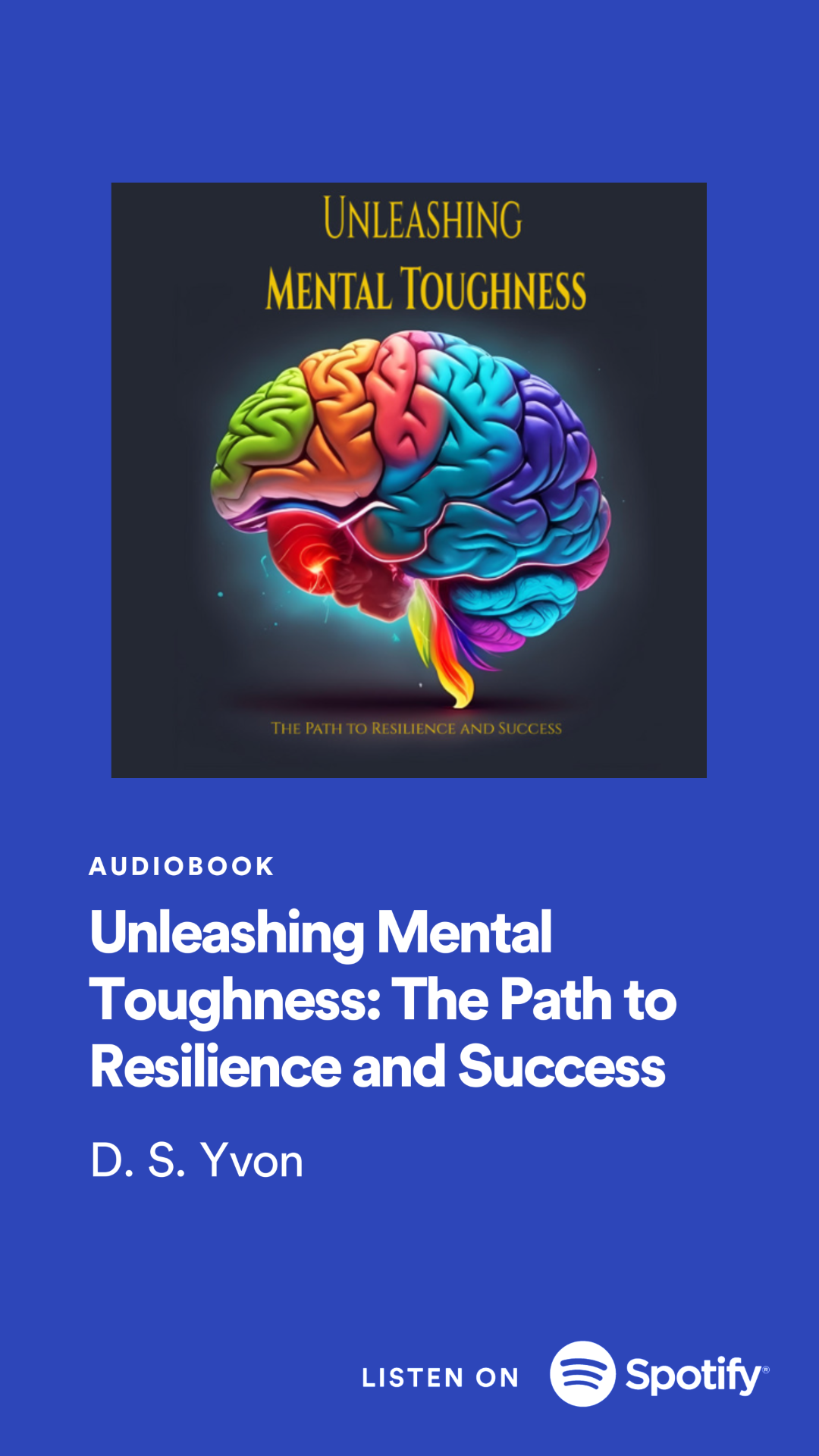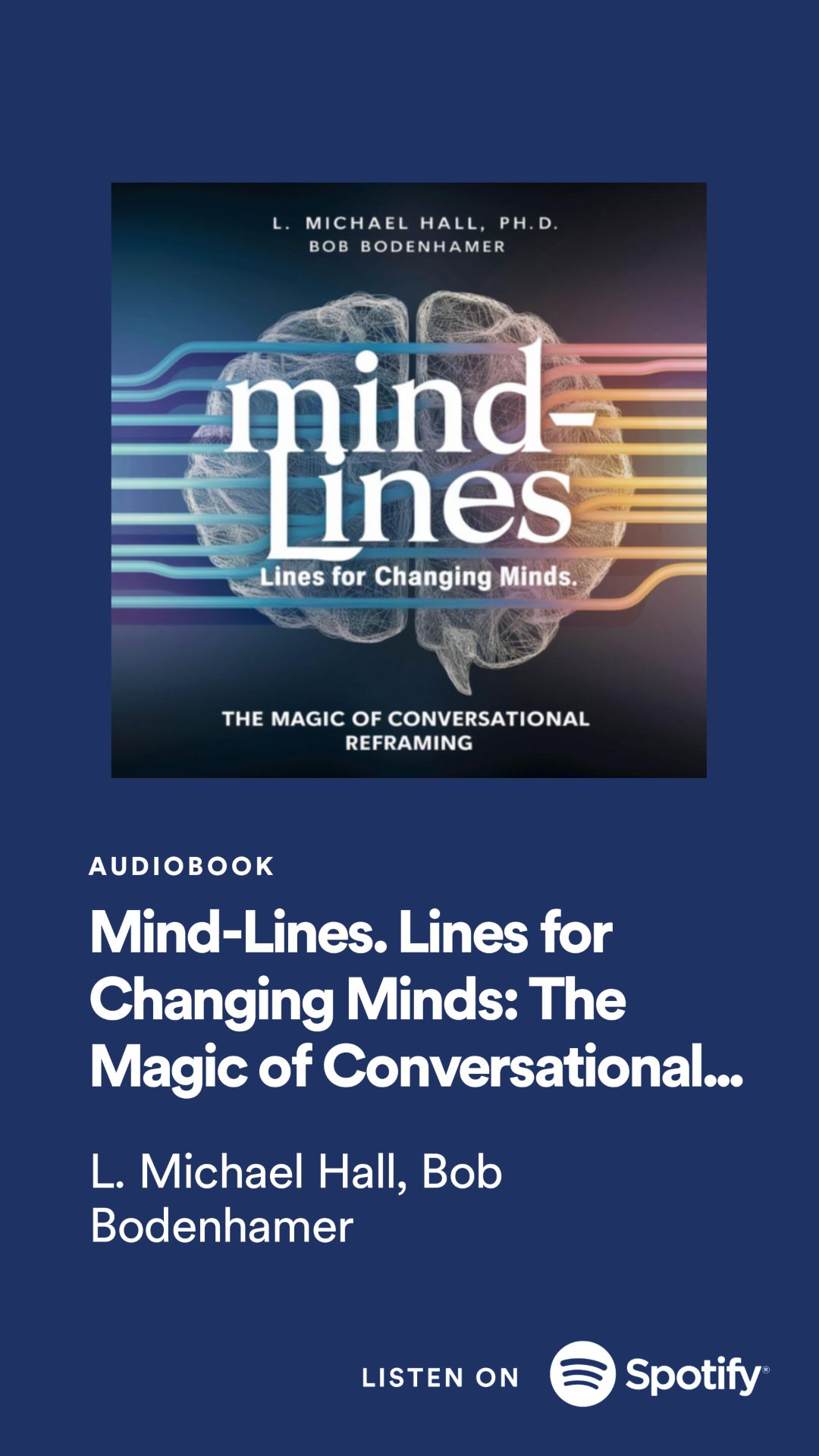
What if I told you that simply by changing your mindset and beliefs, you could radically transform your life and manifest your biggest dreams? It may sound too good to be true, but there's surprising scientific evidence that supports the incredible power of manifestation.
The Science of Thoughts and Beliefs
We've all heard the saying "thoughts become things," but did you know there's actual neuroscience behind this? Our thoughts are simply electrical impulses firing in our brain. And neuroscientists have discovered that those thoughts create physical forms - neural pathways that become reinforced mental habits and beliefs over time.
The beliefs we hold, both conscious and unconscious, shape our perception of reality. They act like filters, causing us to only notice things that confirm what we already believe to be true. This is called confirmation bias, and it's one of the reasons why manifestation is so powerful.
How Manifestation Works
At its core, manifestation is about aligning your thoughts, beliefs, emotions, and actions with the reality you wish to experience. When you get really clear and focused on what you want, while believing it's possible, you start putting out a powerful "energetic vibration" that attracts it into your life.
It works through the laws of attraction, intention, and correspondence. Like attracts like. What you focus on and dwell upon, you attract more of into your experience. And your outer world becomes a mirror, reflecting back your inner beliefs and intentions.
The Role of Emotions
Emotions play a key role in manifestation. They act like an energetic fuel, amplifying and turbo-charging your thoughts and intentions. Strong positive emotions like joy, love, gratitude, and excitement resonate at a high frequency that allows you to manifest your desires faster.
Conversely, negative emotions like fear, doubt, and anxiety create resistance that blocks and slows down the manifestation process. That's why managing your mindset and keeping your vibration high is so crucial.
Real-Life Examples
While manifestation may seem like pseudoscience to some, there are countless examples of people using these principles to create extraordinary results:
- Jim Carrey wrote himself a $10 million check for "Acting Services Rendered" years before becoming a famous, wealthy actor.
- Oprah Winfrey used visualization techniques to manifest her dream career and life when she was still struggling.
- Arnold Schwarzenegger used mental imagery to visualize himself as a bodybuilding champion and movie star before achieving both.
The common thread? They all had unwavering faith, took inspired action, and never gave up on their dreams despite setbacks and challenges.
The Power of Affirmations
One of the most effective manifestation tools is the use of affirmations - positive statements you repeat to reprogram your subconscious mind. Affirmations allow you to install new empowering beliefs that align with your desires.
For example, you could affirm daily "I am a money magnet - wealth flows to me effortlessly and abundantly." Or "I am deserving of perfect health and boundless energy." The key is to say them with conviction and feeling, while visualizing your intention as if it's already real.
Proven Manifestation Techniques
While there are many manifestation methods, some of the most powerful include:
Vision Boards - Creating a visual representation of your goals to help imprint them in your subconscious.
Scripting - Writing out your desires in detail as if they've already manifested, in the present tense.
55x5 Method - Writing down an affirmation 55 times for 5 consecutive days to lock it into your subconscious.
Meditation - Using visualization and feeling the desired emotions to attract your intention.
The Importance of Inspired Action
However, manifestation isn't just about putting it out to the universe and waiting. You must be willing to take inspired action when opportunities arise that move you towards your goals. The universe can't do the work for you - it can only line up the circumstances and synchronicities.
Closing Thoughts
So is manifestation just wishful thinking and pseudoscience? Or is there real, measurable science behind using the power of your mind to shape your reality? The evidence continues to mount that what we believe about ourselves and our potential has a profound impact on the lives we experience.
When you combine unwavering faith, a high energetic vibration, proven manifestation techniques, and inspired action - anything is truly possible. You have the innate power to manifest the life of your dreams. All you need is an open mind and the willingness to embrace this life-changing science.

In personal growth and achievement, a transformative force quietly shapes the trajectory of success — your mindset. As seasoned high-performance coaches, we understand that the right mindset is not just a catalyst but the bedrock for unlocking your limitless potential.
What is a Mindset?
At its core, a mindset is a lens through which we interpret and respond to the world. It encompasses a set of beliefs, attitudes, and perspectives that influence how we navigate challenges, embrace opportunities, and handle setbacks. Just as a camera lens focuses on different aspects of a scene, your mindset guides your thoughts, emotions, and actions, ultimately shaping your approach to life’s experiences.
Mindset Defined
Various definitions shed light on the multifaceted nature of mindset. According to Mindset.com, it's a collection of beliefs predetermining interpretations and responses. VeryWellMind.com emphasizes its impact on how we think, feel, and behave, influencing our success. Wkipedia.com broadens the scope, defining it as an established set of attitudes regarding culture, values, and disposition.
Origins of Mindset
While pinpointing the exact origins proves elusive, traces suggest the term "mindset" has been around since the 1920s. Influential figures like Peter Gollwitzer and Magoroh Maruyama delved into mindsets, but it was Carol S. Dweck, Ph.D., who propelled the concept into the mainstream with her groundbreaking work in "Mindset: The New Psychology of Success."
The Power of Mindset
The potency of mindset lies in its ability to shape perceptions, behaviors, and outcomes. Drawing insights from psychology, neuroscience, and personal development, we discover that beliefs and attitudes significantly influence experiences and achievements. Carol Dweck's research on growth and fixed mindsets exemplifies how viewing challenges as growth opportunities can lead to remarkable improvements. Neuroplasticity underlines that cultivating positive thought patterns can rewire the brain for success.
In the eloquent words of Henry Stanley Haskins, "What lies behind us and what lies before us are tiny matters compared to what lies within us." Indeed, our mindset shapes what lies behind us, before us, and within us.
Mindset vs. Attitudes vs. Beliefs
Understanding the interplay between mindset, attitudes, and beliefs is crucial. Attitude, as defined by the Oxford Dictionary, is a settled way of thinking or feeling. It comprises emotional responses, cognitive thoughts, and behavioral influences. Attitude and mindset are intricately connected, with beliefs acting as the cornerstone, gradually solidifying into certainty through experiences.
Growth Mindset vs. Fixed Mindset
Dweck's influential work classifies mindset into two types: fixed and growth. A fixed mindset perceives abilities as fixed traits, often avoiding challenges to protect self-image. On the contrary, a growth mindset sees abilities as malleable, embracing challenges and understanding that effort is integral to the learning process.
Abundance vs. Scarcity Mindset
The mindset you adopt concerning abundance or scarcity significantly impacts your approach to opportunities and resources.
Abundance Mindset
Embracing an abundance mindset involves seeing life as a realm of opportunities waiting to be explored. This mindset, rooted in gratitude, positive framing, collaboration, and continuous learning, empowers individuals to overcome obstacles, fostering a proactive approach to challenges.
Scarcity Mindset
Conversely, the scarcity mindset stems from perceiving resources as limited, inducing fear, anxiety, and a competitive outlook. This mindset can lead to missed opportunities, risk aversion, and a self-fulfilling prophecy that hinders personal and professional growth.
Shifting and Nurturing Mindsets
Moving from a fixed mindset to a growth mindset, or from scarcity to abundance, involves intentional practices.
Cultivating a Growth Mindset
1. Embrace Challenges: Approach challenges with curiosity, recognizing them as opportunities for growth.
2. Learn from Failure: View failure as a stepping stone to success, extracting valuable lessons for improvement.
3. Cultivate Resilience: Develop the ability to bounce back from setbacks, maintaining focus and determination.
4. Emphasize Effort: Shift focus from outcomes to consistent effort and practice, acknowledging their role in growth.
Shifting from Scarcity to Abundance
1. Practice Gratitude: Foster a positive perspective by appreciating what you already have.
2. Challenge Limiting Beliefs: Identify and challenge beliefs that contribute to a scarcity mindset.
3. Surround Yourself with Positivity: Cultivate an environment that encourages positive thinking and collaboration.
4. Visualize Success: Envision a future filled with opportunities, fostering optimism.
5. Embrace Generosity: Cultivate a mindset of abundance by sharing and collaborating with others.
In conclusion, the power of mindset extends beyond a mere way of thinking; it's a force that shapes destinies. Whether it's adopting a growth mindset for personal development or embracing an abundance mindset for a fulfilling life, the impact of mindset cannot be overstated. As you navigate the intricate web of thoughts, beliefs, and attitudes, remember: your mindset is the compass guiding you towards your greatest achievements.


























